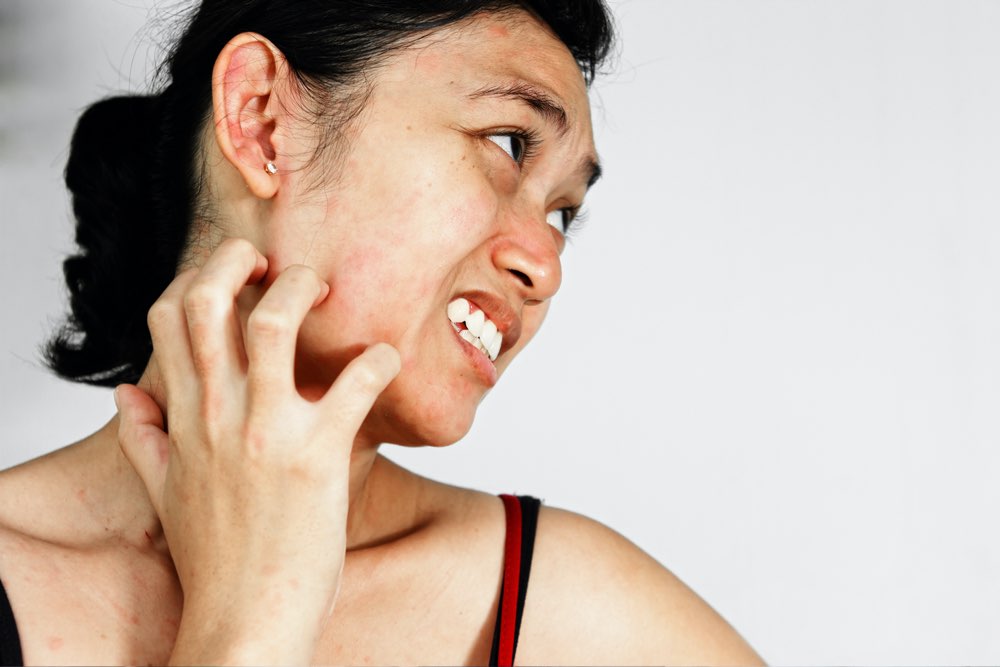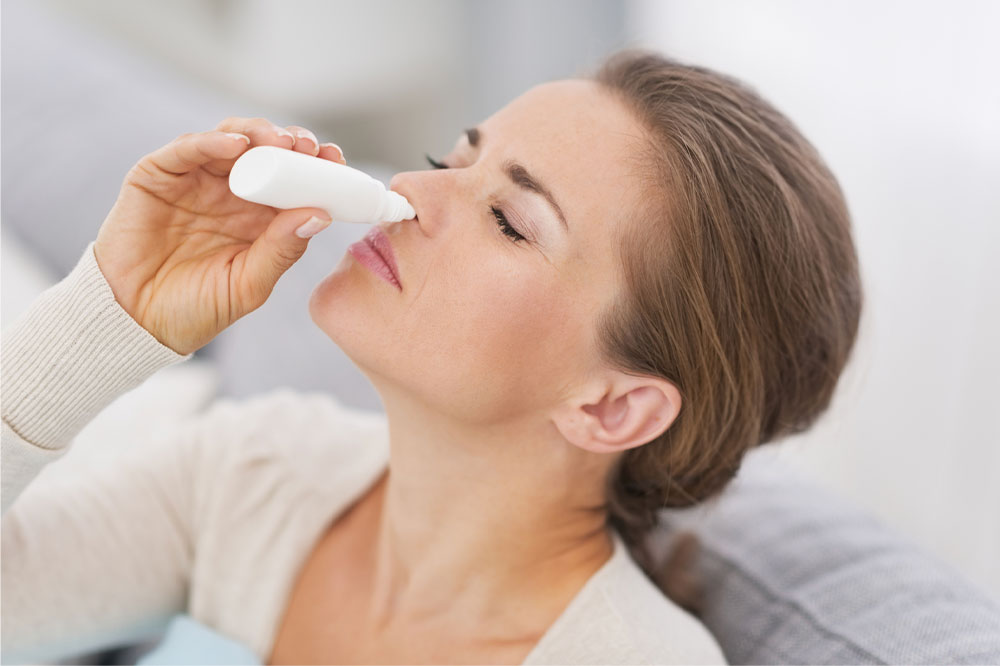Comprehensive Guide to Recognizing the Top 7 Signs of Spring Allergies
Spring allergies are triggered by pollen from trees, grasses, and flowers, leading to symptoms like sneezing, itchy eyes, and congestion. Recognizing these signs early and adopting effective management strategies, including medication and lifestyle changes, can greatly relieve discomfort. This comprehensive guide explores the top 7 signs of spring allergies and offers practical tips to minimize their impact, helping sufferers enjoy the season comfortably and healthily.

Comprehensive Guide to Recognizing the Top 7 Signs of Spring Allergies
Spring is often celebrated for its beautiful blooming flowers, vibrant greenery, and milder weather, which collectively breathe new life into the environment. However, along with the blossoming season comes a rise in allergic reactions for many individuals. Seasonal allergies, commonly known as hay fever or allergic rhinitis, pose significant discomfort and can severely impact daily activities. Recognizing the early signs and symptoms of spring allergies is crucial for effective management and relief.
Spring allergy symptoms are primarily triggered by pollen released by various trees, grasses, and flowering plants. Common allergenic trees include alder, ash, oak, maple, and birch, which produce pollen that can travel vast distances with the wind. For individuals genetically predisposed or particularly sensitive, exposure to these airborne particles triggers the immune system to overreact. This overreaction results in a cascade of symptoms that can range from mild to severe, affecting the eyes, nose, throat, and respiratory system.
Understanding these symptoms in detail helps in implementing timely and effective strategies to mitigate discomfort. Recognizing the earliest signs can also prevent complications such as sinus infections or worsening asthma symptoms. The following are the top seven indicators that you might be experiencing spring allergies, along with tips on how to manage and treat them effectively.
1. Persistent Runny Nose and Postnasal Drip
One of the hallmark signs of spring allergies is a consistently runny nose, often accompanied by clear mucus discharge. This overproduction of nasal secretions is your body’s response to pollen and other airborne allergens. The constant flow of mucus can lead to discomfort, frequent tissue use, and nasal congestion. To manage this, nasal irrigation with a saline solution—preferably salt and baking soda—can help clear out irritants. Steam inhalation and use of a humidifier can also soothe nasal passages and ease breathing. In some cases, antihistamines or decongestants are recommended by healthcare professionals to reduce symptoms effectively.
2. Frequent Sneezing Episodes
Spring allergies are often marked by frequent sneezing fits, sometimes multiple times an hour. These sneezing episodes are the body’s natural reflex to expel allergens from the nasal passages. Persistent sneezing can interfere with daily routines, sleep, and productivity. Over-the-counter antihistamines such as loratadine, cetirizine, or fexofenadine are effective in controlling this symptom. For immediate relief, nasal sprays containing corticosteroids or antihistamines can be utilized. Identifying and limiting exposure to pollen during peak hours (early morning and late afternoon) also helps reduce sneezing frequency.
3. Itchy and Burning Eyes
One of the most bothersome symptoms of spring allergies is itchy, burning, and watery eyes. These symptoms result from the immune system’s reaction to pollen that settles on the eye’s surface. Over-the-counter ocular drops or antihistamine eye drops offer quick relief, calming irritation and reducing redness. Cold compresses can further soothe inflamed eyes. Maintaining good hygiene, avoiding rubbing the eyes, and keeping windows closed during high pollen seasons are simple yet effective preventive measures. Additionally, wearing sunglasses outdoors can help protect your eyes from pollen particles.
4. Itching in the Nose and Throat
The sensation of itching inside the nose or throat is a common early sign of seasonal allergies. This itching often leads to more sneezing, nasal congestion, and discomfort. Using antihistamines can mitigate these sensations, while saline nasal sprays help wash out potential irritants. Gargling with warm salt water can soothe a sore throat caused by postnasal drip. Keeping indoor air clean with HEPA filters and minimizing outdoor activity during high pollen counts can also reduce the likelihood of experiencing these symptoms.
5. Coughing and Respiratory Irritation
Respiratory symptoms such as coughing, wheezing, or shortness of breath often accompany spring allergies, especially in individuals with asthma or respiratory sensitivities. These symptoms are caused by inflamed airways and mucus buildup. Using a humidifier adds moisture to dry indoor air, which can soothe irritated respiratory passages. Inhalers or prescribed allergy medications may be necessary for severe cases. Pulmonary health should be monitored closely during allergy seasons, and any persistent or worsening symptoms should prompt consultation with a healthcare professional.
6. Fatigue and General Malaise
Feelings of tiredness and general malaise are indirect signs of spring allergies. The immune system’s constant battle against pollen and allergens can lead to fatigue, disrupted sleep, and a sense of exhaustion. Managing allergy symptoms effectively through medication, avoiding high pollen environments, and maintaining good sleep hygiene can help improve overall energy levels. Nutritional support, hydration, and stress management are also beneficial in coping during allergy seasons.
7. Development of New Allergies
Long-term exposure to seasonal allergens may lead to the development of new allergies over time. People who once only had mild reactions may experience increased sensitivity, experiencing symptoms more frequently or intensely. This highlights the importance of ongoing management strategies, including allergy immunotherapy or allergy shots. These treatments gradually desensitize the immune system, significantly reducing allergic responses over 3-5 years. Regular checkups with allergists can help tailor a treatment plan suited to evolving allergy patterns.
In addition to symptom management, understanding the root causes and triggers of spring allergies enables individuals to take proactive measures. Implementing lifestyle modifications such as staying indoors during peak pollen hours, utilizing air purifiers, and keeping indoor spaces free of dust and pet dander can contribute significantly to comfort. Medical interventions, including antihistamines, nasal sprays, and immunotherapy, provide long-term relief for many sufferers. Successfully managing spring allergies not only reduces discomfort but also enhances overall quality of life during this beautiful yet challenging season.





